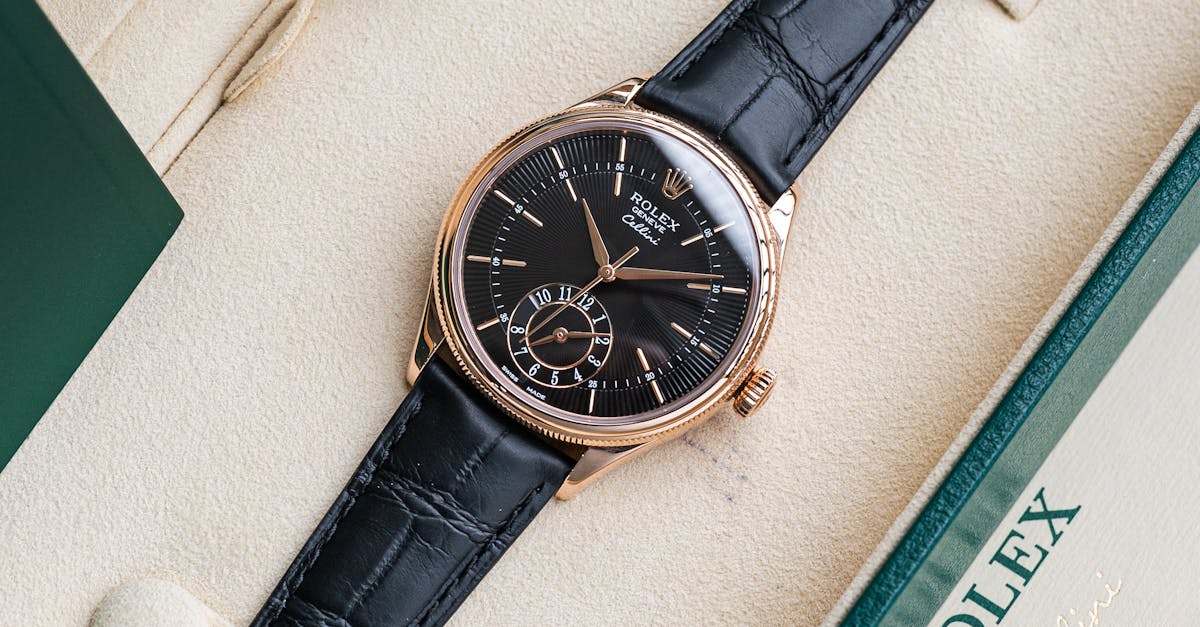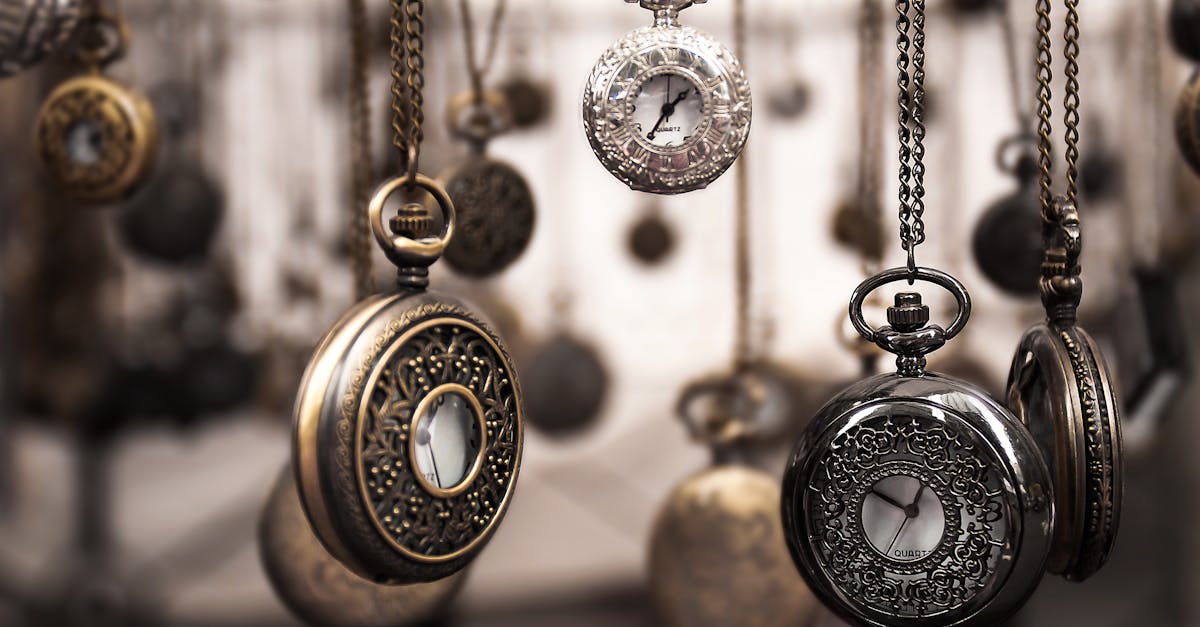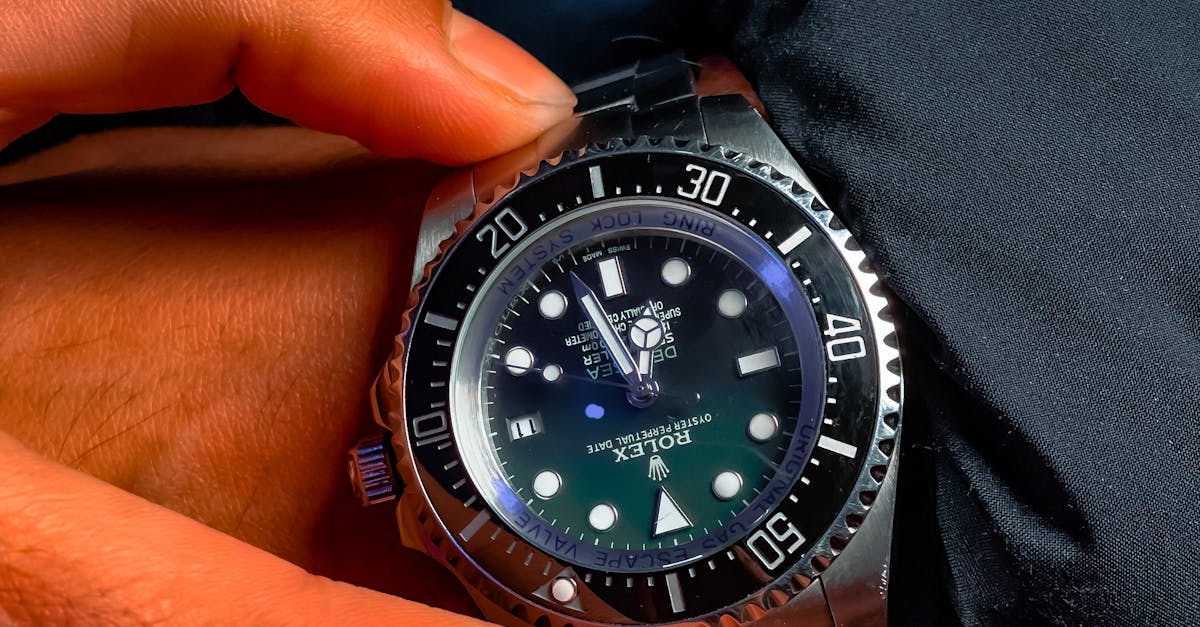Timeless Companions for Seafarers: The Allure and Evolution of Luxury Sailing Watches
Luxury Sailing Watches: Charting the Course have long been indispensable tools for seafarers, evolving alongside maritime history. They embody precision engineering and elegant design, captivating collectors and sailors alike. But what makes these timepieces timeless companions? Let’s delve into their allure and evolution.
Unveiling the Legacy of Sailing Watches
The Marine Chronometer Breakthrough
The legacy of Luxury Sailing Watches traces back to the invention of marine chronometers, pivotal in determining longitude at sea. These early devices set the stage for brands like IWC Portugieser, designed in the 1930s for Portuguese merchants, known for its slim feuille hands and precise 52000-calibre movement.

Essential Features for Navigating Time and Tide
The Role of Technology
Modern luxury sailing watches integrate advanced technology. Garmin Sailing Watches feature MOB alerts and tidal calculations, essential for safe navigation. They also boast robust designs with easy-to-press silicon buttons, ideal for the harsh marine environment.

Precision Engineering Meets Maritime Inspiration
Nautical Design Elements
Brands like Ulysse Nardin incorporate nautical elements into their designs, such as the Marine Grand Deck Tourbillon. It combines form and function, much like the Rolex Yacht-Master II, celebrated for its 10-minute countdown timer and scratch-resistant oystersteel construction.
Leading the Charge: Renowned Brands in Sailing Watchmaking
The market is dominated by esteemed brands. The Tag Heuer Aquaracer offers Swiss precision and simplicity, while the Panerai Luminor Regatta excels with features like flyback chronograph. The Omega Seamaster 300 delivers quality and affordability, making it a favorite among enthusiasts.
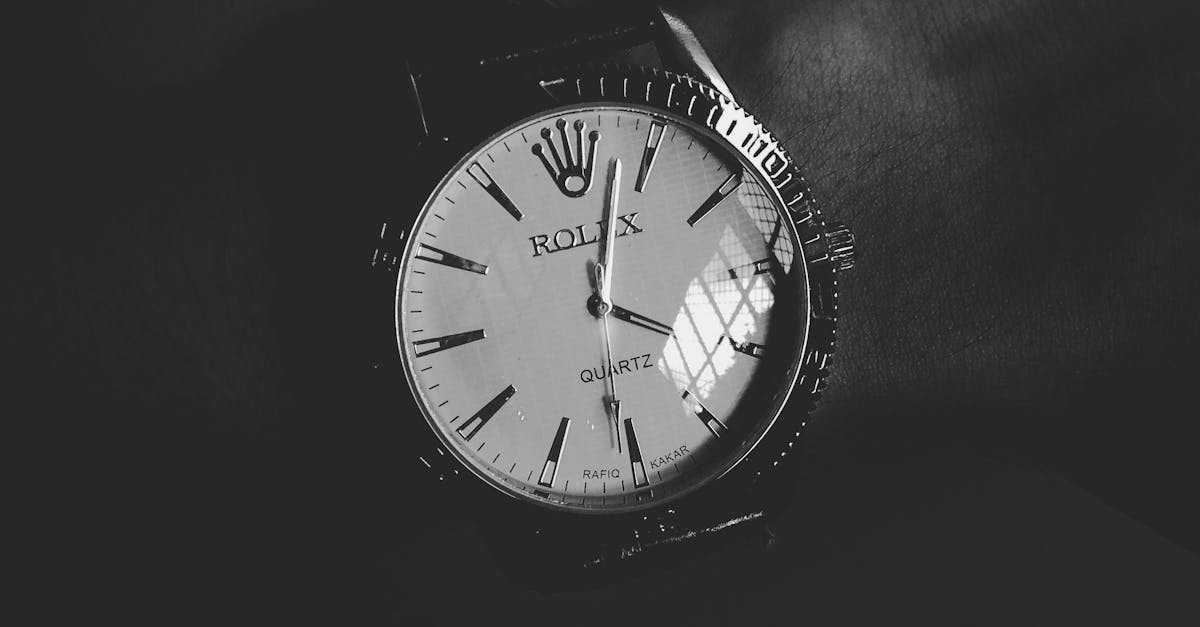
A Guide to Choosing Your Perfect Sailing Watch
Key Factors to Consider
- Features such as water resistance and regatta countdown timers.
- Design preferences including style and material.
- Budget, considering options from affordable models to high-end pieces.
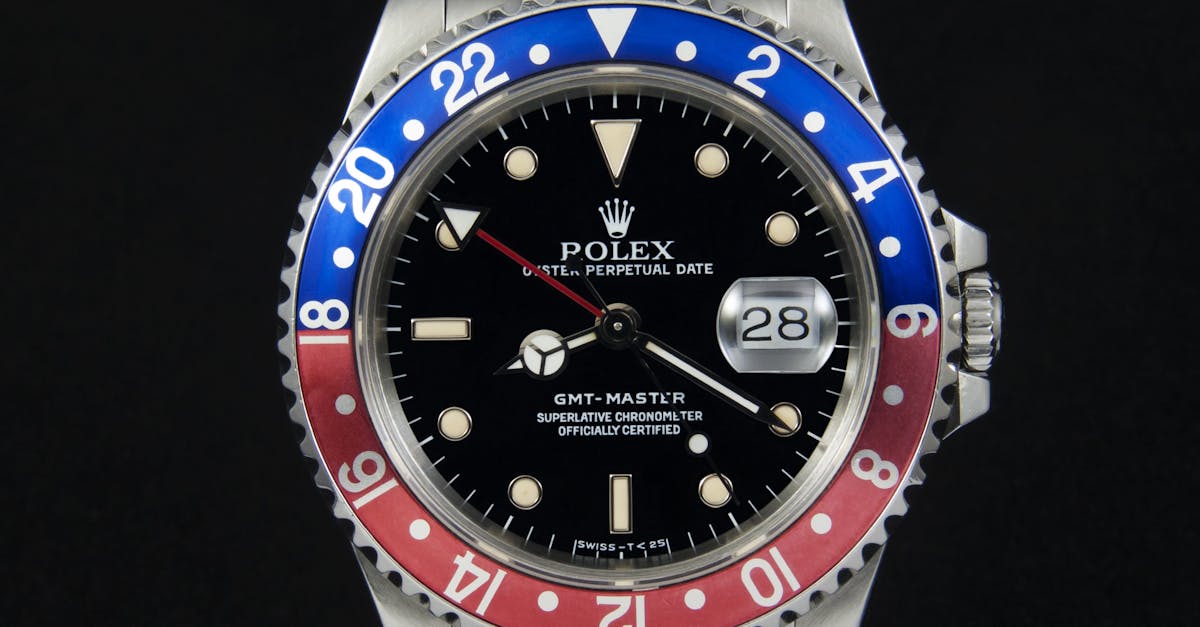
Maintaining Your Marine Masterpiece: A Guide to Care and Preservation
Regular Maintenance
Proper maintenance ensures longevity. Regularly rinse your sailing watch with fresh water after saltwater exposure. Consider servicing by a qualified watchmaker to preserve functionality. For more insights on materials, visit Rolex’s Material Guide.
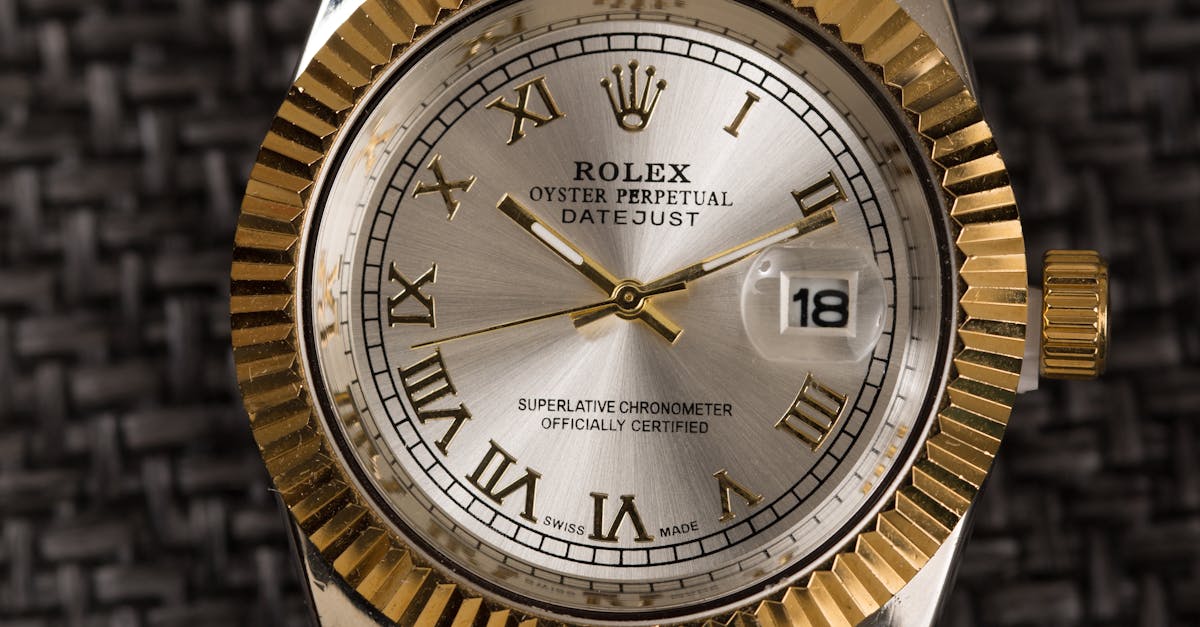
Choosing and maintaining a luxury sailing watch is an investment in both style and functionality. With innovations in design and technology, these timepieces remain timeless companions for modern seafarers. Explore the best contenders in the market.
